The Ultimate Guide to Growing Autoflowering Cannabis Outdoors: The Ideal Time for Planting
Introduction
Growing autoflowering cannabis outdoors is becoming increasingly popular among cultivators for its ease and efficiency. Autoflowers are known for their rapid growth cycle and ability to flower regardless of the light cycle, making them perfect for outdoor cultivation. But timing is everything in gardening. Can you grow autoflowers year-round? Yes you can, but of course the results depend on the number of sun hours the plants get.To maximize yield and potency, understanding the best time to grow autoflowers outdoors is crucial. This comprehensive guide will delve into when to plant autoflowers outdoors, considering factors like climate, light, and seasonal changes.
- Understanding Autoflowers: What Makes Them Unique?
- Factors Influencing the Ideal Time to Grow Autoflowers Outdoors
- Ideal pot size
- Steps to Successfully Grow Autoflowers Outdoors
- Care and Maintenance
- Harvesting and Curing
- Common Challenges and How to Overcome Them

Understanding Autoflowers: What Makes Them Unique?
What Are Autoflowering Plants?
Autoflowering cannabis strains are hybrids of the Cannabis sativa and Cannabis ruderalis species. Unlike photoperiod strains that rely on changes in light cycles to trigger flowering, autoflowers begin to flower automatically after a specific period, usually 2-4 weeks from germination. This unique trait makes them a versatile choice for outdoor growing.
Advantages of Autoflowers
- Short Growing Cycle: Autoflowers can complete their life cycle in as little as 8-10 weeks, allowing for multiple harvests in a single growing season.
- Resilience: These plants are typically more resistant to pests, diseases, and harsh weather conditions, making them ideal for outdoor environments.
- Compact Size: Autoflowers are generally smaller and more manageable, perfect for discreet outdoor grows or limited space.
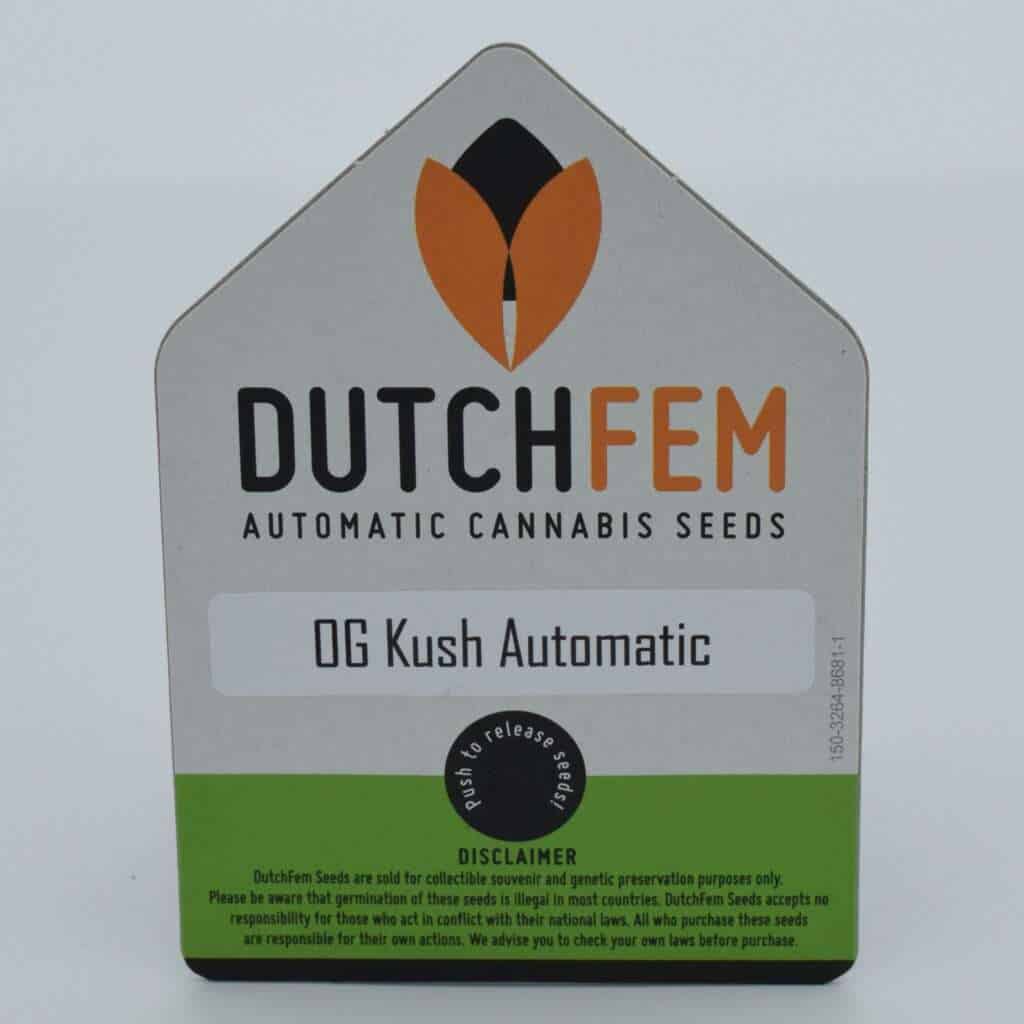
Factors Influencing the Ideal Time to Grow Autoflowers Outdoors
Climate Considerations
Climate plays a pivotal role in determining the best time to grow autoflowers outdoors. Different regions offer varied growing conditions that can significantly impact the growth and yield of your plants.
Temperature
- Optimal Range: Autoflowers thrive in temperatures between 70°F (21°C) and 85°F (29°C). Extreme temperatures can stress the plants, affecting growth and yield.
- Avoid Frost: In colder climates, it’s crucial to plant after the last frost of spring and harvest before the first frost of fall to prevent damage.
Humidity
- Ideal Humidity Levels: During the vegetative stage, autoflowers prefer humidity levels of 40-60%. During the flowering stage, 30-40% is ideal to prevent mold and mildew.
- Monitoring: Use hygrometers to monitor and adjust humidity levels, especially in regions with high moisture.
Light Exposure
Autoflowers require ample light to produce high-quality buds. Although they don’t depend on light cycles, more light generally equates to better growth and yields.
Daylight Hours
- Spring and Summer: The longer daylight hours of spring and summer provide the necessary energy for growth. Aim for at least 12-18 hours of sunlight per day.
- Light Intensity: Ensure your plants receive direct sunlight to maximize photosynthesis and nutrient absorption.
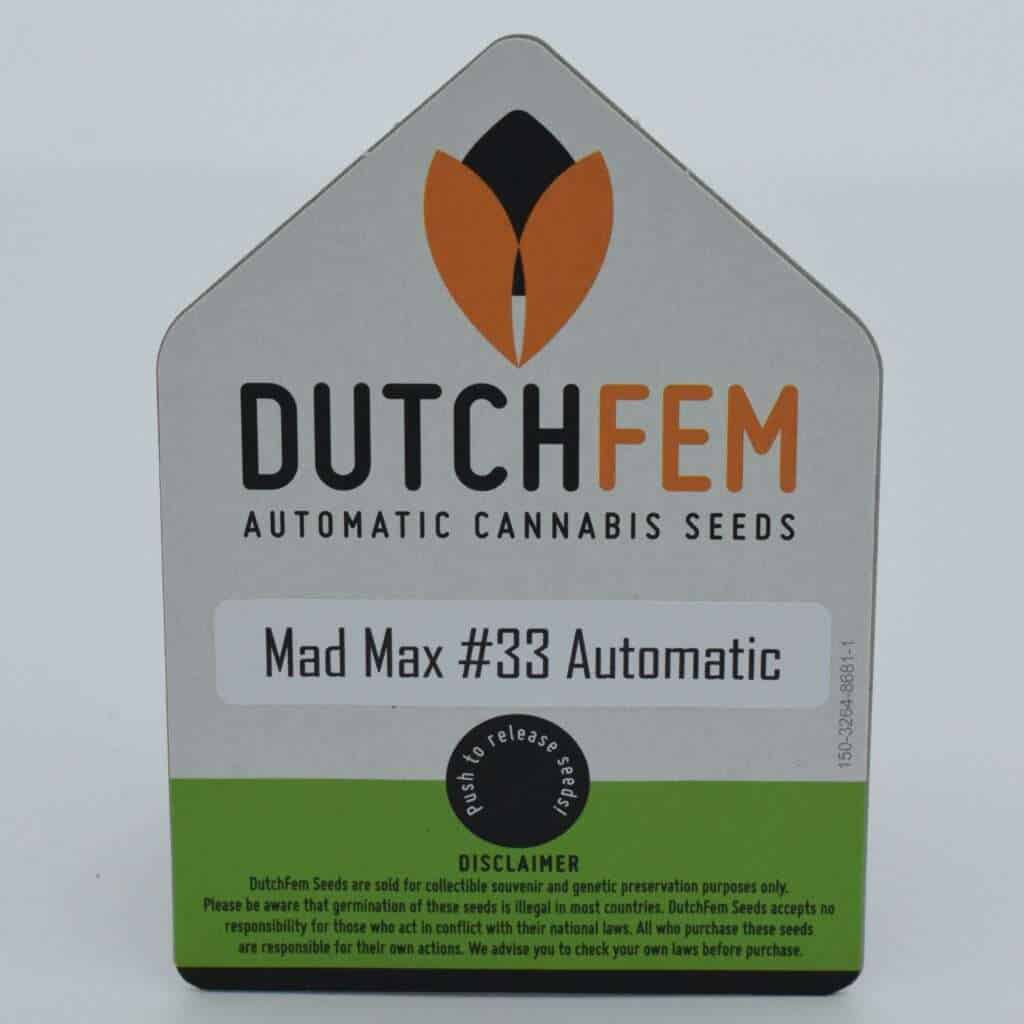
Seasonal Timing
Choosing the right season to plant autoflowers outdoors is crucial for maximizing yield and potency.
Spring Planting
- Early Start: Planting in early spring allows for multiple harvests. Ensure temperatures are stable and frost-free.
- Extended Light: Longer days provide the ideal conditions for rapid growth and flowering.
Summer Planting
- Optimal Growth: Summer offers peak growing conditions with maximum sunlight and warmth. This is the best time for most regions.
- Monitor Heat: Be cautious of extreme heat and provide shade or watering to prevent stress.
Fall Harvest
- Late Season Planting: In some regions, a late summer planting can yield a fall harvest. Ensure your plants will mature before the first frost.
- Shorter Days: The reduced light can slow growth, so choose fast-maturing autoflower strains.
To get the best results with autoflowers, we recommend starting in the first 2 weeks of June. Then they grow fine due to the warmer temperatures and they also usually get more sun hours than if you start in April. They will then flower at the beginning of July and get the best temperature and sunlight hours for an exuberant bloom. The buds will therefore grow bigger and harder and finish flowering perfectly at the end of August. The drop in temperature at the beginning of September will also stimulate THC production. So there is no better time for growing autoflowering cannabis outdoors.

Geographic Location
Your geographic location significantly affects the ideal planting time for autoflowers.
Northern Hemisphere
- Best Time: Plant autoflowers from late April to early July to capitalize on the long days and warm temperatures.
- Challenges: Shorter growing season and potential for early frost.
Southern Hemisphere
- Best Time: Plant from late October to early January. The longer days and warmer temperatures of summer are ideal.
- Challenges: Heat and water management in hot regions.
Local Weather Patterns
Keep an eye on local weather patterns, as sudden changes can affect your plants. Use weather apps to monitor conditions and plan accordingly.
Choosing the Right Autoflower Strains for Outdoor Growing
Not all autoflower strains are created equal. Selecting the right strains can make a significant difference in your outdoor growing success.
Climate-Adapted Strains
Choose strains that are suited to your local climate to ensure resilience and optimal growth.
Cool Climates
- Strains: Consider hardy Autoflower strains like Northern Lights, Mimosa or OG Kush known for their resilience in cooler temperatures.
- Characteristics: These strains typically have shorter flowering times and better resistance to cold.
Warm Climates
- Strains: Opt for autoflowering strains like Amnesia Haze, Amnesia Cookies, or Gorilla Glue, which thrive in warmer temperatures.
- Characteristics: These plants can handle higher temperatures and longer growing seasons.

Ideal pot size
All Autoflowering cannabis strains grow short on small pots. It is therefore very important to put them on their final pot as soon as possible. If you want to grow small compact autoflowering plants use a pot between 3 and 10 liters. If you want larger plants use 10 to 20 liter pots. The advantage of growing on pots is that you can move them around. This way you can protect them from rain and/or give them a few extra hours of sun by moving them with the sun. After all, every hour of extra sun gives a better end result. The disadvantage of growing in pots is that you have to water them more often and on smaller pots you also have to give them extra nutrition. If you place the plants in the open ground without a pot, you basically have nothing to worry about. They will grow to their maximum size and if the roots can grow freely you don’t have to give them extra water and/or nutrition. Let nature do the work and enjoy a carefree cultivation. Here you can read all about choosing the right size pot: https://www.dutchfem.com/maximizing-autoflower-success-choosing-the-ideal-container-size/
Steps to Successfully Grow Autoflowers Outdoors
Preparation and Planning
Proper planning sets the foundation for a successful outdoor autoflower grow.
Site Selection
- Sunlight: Choose a location that receives maximum sunlight throughout the day.
- Soil: Ensure well-draining, nutrient-rich soil. Amend with compost or organic matter if needed.
- Protection: Consider windbreaks or barriers to protect plants from strong winds and pests.
Soil Preparation
- Testing: Test soil pH and nutrient levels to ensure optimal growing conditions. Autoflowers prefer slightly acidic soil (pH 6.0-6.5).
- Amendments: Add organic compost, bone meal, and other amendments to enhance soil fertility.
- Best soil for autoflowers: https://www.dutchfem.com/best-soil-autoflowering-cannabis/
Germination and Planting
Starting with healthy seedlings sets the stage for robust plants.
Germination Techniques
- Direct Sowing: In warmer climates, sow seeds directly into prepared soil for simplicity and the best start.
- More germination methods: https://www.dutchfem.com/the-most-used-methods-to-germinating-cannabis-seeds/
Transplanting
- Timing: Transplant seedlings a.s.a.p.
- Depth: Plant seedlings at the same depth as in their starter pots to avoid shock.
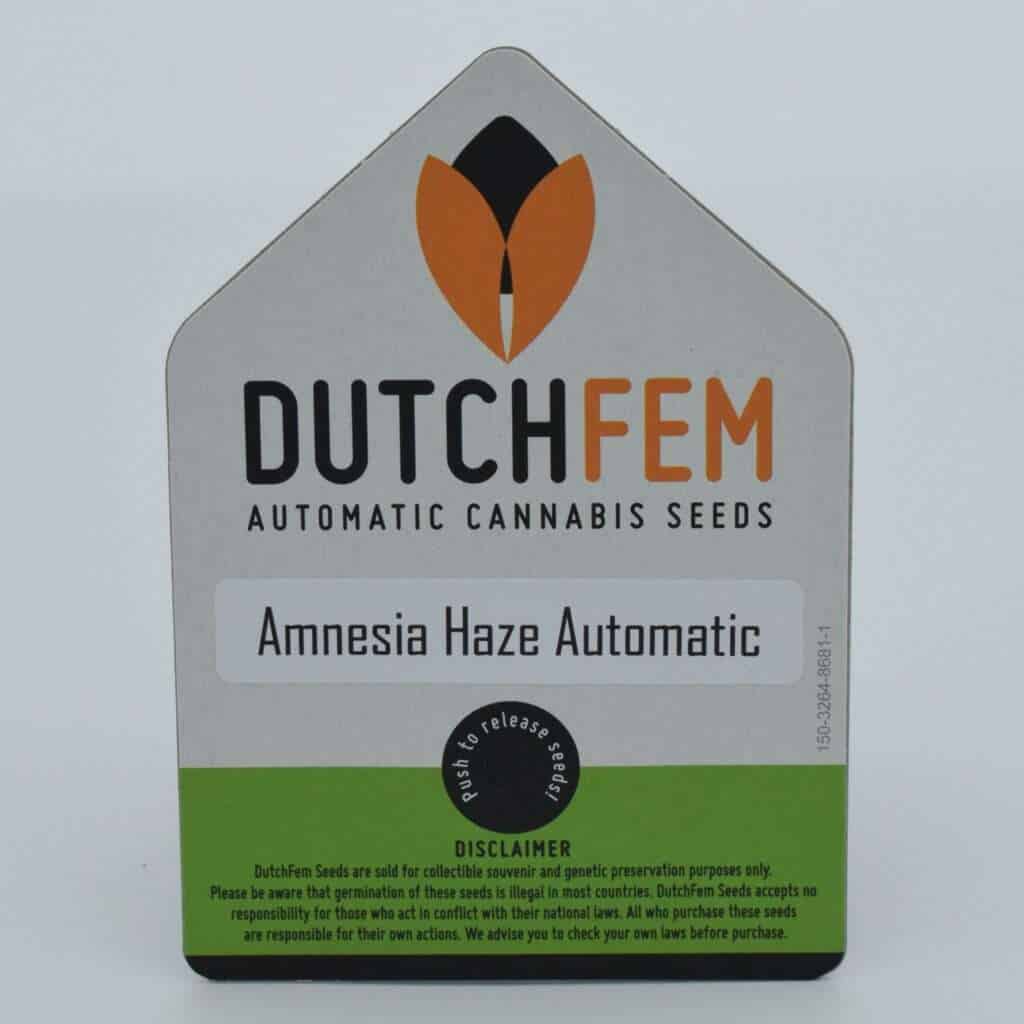
Growing Autoflowering Cannabis Outdoors: Care and Maintenance
Regular care ensures healthy growth and high yields.
Watering
- Frequency: Water thoroughly but allow soil to dry slightly between waterings to prevent root rot.
- Time of Day: Water in the early morning to minimize evaporation and reduce the risk of mold.
- Watering cannabis guide: https://www.dutchfem.com/watering-cannabis-plants/
Nutrient Management
- Feeding Schedule: Provide balanced nutrients during the vegetative stage and switch to bloom nutrients during flowering.
- Organic Options: Consider organic fertilizers like fish emulsion or compost tea for a sustainable approach.
Pruning and Training
- Low-Stress Training: Gently bend and tie down branches to promote even light distribution and maximize yield.
- Avoid Topping: Unlike photoperiod plants, topping can stress autoflowers and reduce yields.
- Pruning guide:https://www.dutchfem.com/topping-cannabis-plants/
Pest and Disease Control
Keeping pests and diseases in check is crucial for a healthy crop.
Natural Predators
- Beneficial Insects: Introduce ladybugs or predatory mites to control pests like aphids and spider mites.
- Companion Planting: Plant marigolds or basil nearby to repel pests naturally.
- Using Natural Predators blog: https://www.dutchfem.com/using-natural-enemies/
Organic Solutions
- Neem Oil: Use neem oil to treat fungal infections and deter pests.
- Soap Sprays: Mix mild soap with water for a natural insecticidal spray.
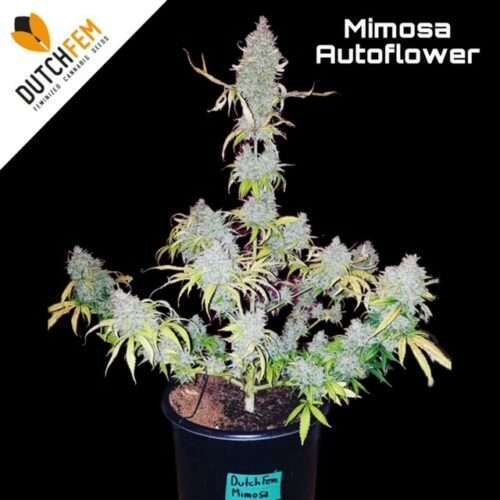
Growing Autoflowering Cannabis Outdoors: Harvesting and Curing
Proper harvesting and curing ensure the best flavor and potency.
Harvest Timing
- Trichome Check: Harvest when trichomes turn milky with some amber, indicating peak potency.
- Weather Considerations: Harvest before heavy rains to prevent mold and mildew.
- Harvesting Cannabis blog: https://www.dutchfem.com/harvesting-cannabis-plants/
Curing Process
- Drying: Hang branches in a dark, ventilated area for 1-2 weeks until stems snap easily.
- Curing: Place dried buds in glass jars, opening daily for the first week to release moisture, then less frequently for 2-3 weeks to develop flavors.
- Drying and Curing blog: https://www.dutchfem.com/preventing-mold-during-drying-and-curing-with-the-cvault/

Common Challenges and How to Overcome Them
Weather Extremes
Heat Stress
- Solution: Provide shade and increase watering to keep plants cool.
Cold Snaps
- Solution: Use row covers or bring potted plants indoors temporarily.
Pest Infestations
Insect Attacks
- Solution: Use natural predators or organic insecticides to control infestations.
Animal Threats
- Solution: Install fencing or use repellents to keep animals away from your plants.
Nutrient Deficiencies
Signs and Solutions
- Yellowing Leaves: Indicates nitrogen deficiency. Amend soil with compost or use a nitrogen-rich fertilizer.
- Leaf Burn: Too much fertilizer. Flush the soil with water and adjust feeding schedule.
Conclusion
Growing autoflowers outdoors can be a rewarding experience when you understand the ideal planting time and provide the necessary care. By considering factors like climate, light, and seasonal changes, you can ensure a bountiful harvest of high-quality cannabis. With the right preparation and knowledge, outdoor autoflower cultivation offers a simple and efficient way to enjoy your own homegrown cannabis.

Frequently Asked Questions (FAQs)
Q1: Can I grow autoflowers year-round?
- Answer: Yes, in regions with mild climates, it’s possible to grow autoflowers year-round. In harsher climates, stick to the growing season to avoid frost and extreme weather.
Q2: How much sunlight do autoflowers need?
- Answer: Autoflowers need at least 12-18 hours of sunlight per day for optimal growth. More light generally leads to better yields and potency.
Q3: What’s the best soil for autoflowers?
- Answer: Autoflowers thrive in well-draining, nutrient-rich soil with a slightly acidic pH (6.0-6.5). Amend with compost and organic matter for best results.
Q4: How often should I water my autoflowers?
- Answer: Water thoroughly when the top inch of soil is dry. Adjust frequency based on weather and soil conditions to avoid overwatering.
Q5: Can I grow autoflowers in pots outdoors?
- Answer: Yes, growing in pots allows for mobility and better control over soil and watering. Use large pots (10 to 20liters) for ample root space.
By adhering to these guidelines and considering your local conditions, you can successfully grow healthy and productive autoflowers outdoors. Happy growing!
Note: Always comply with local laws and regulations regarding the cultivation of cannabis.
Amnesia Autoflowering Instagram
Northern Light Autoflowering Growdiary
Mimosa Autoflower Grow Report Facebook
Gorilla Glue Autoflower Growdiary




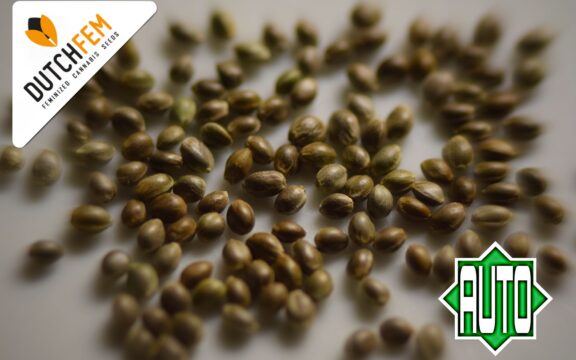










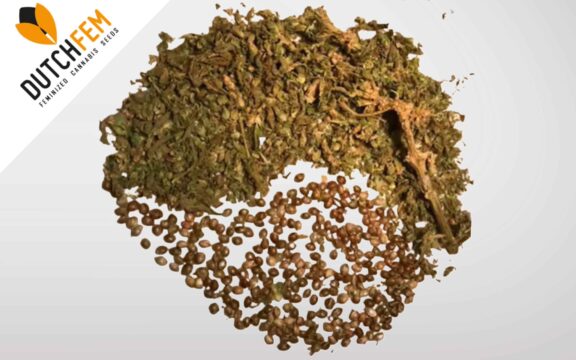









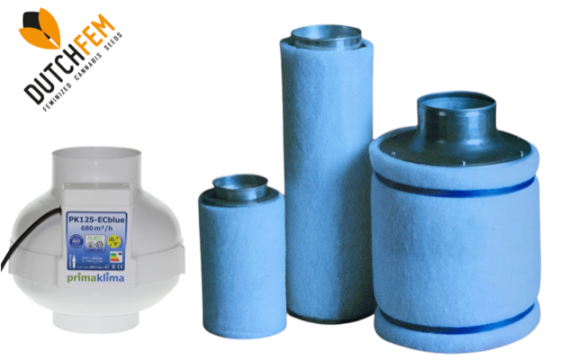





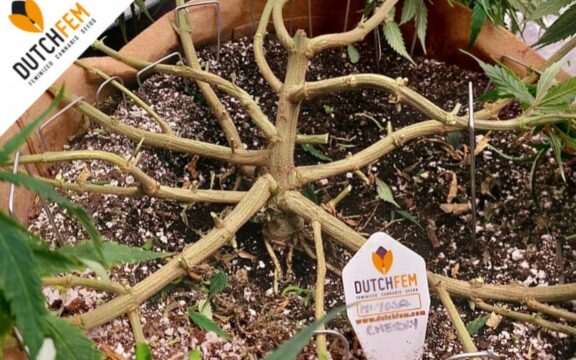




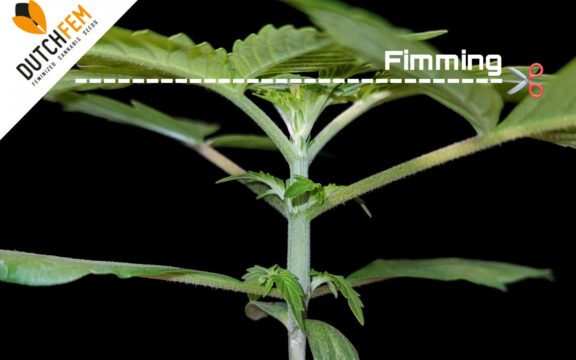

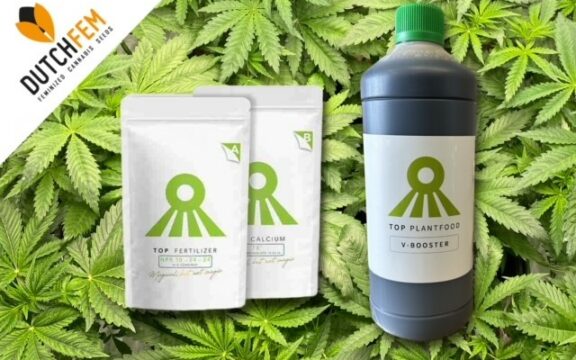

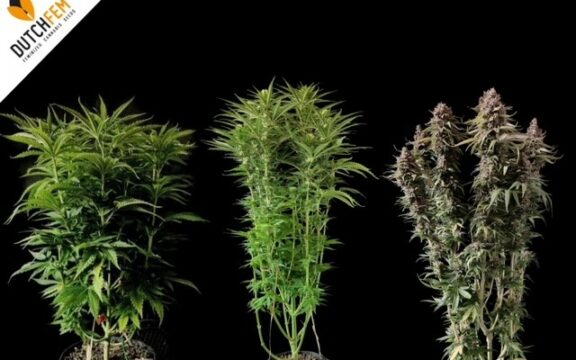




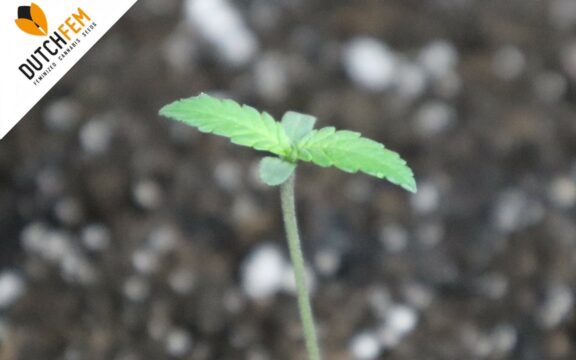

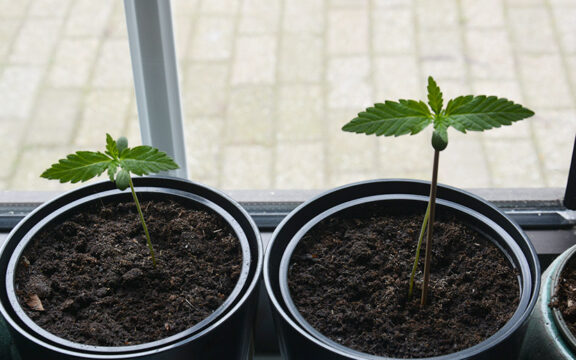
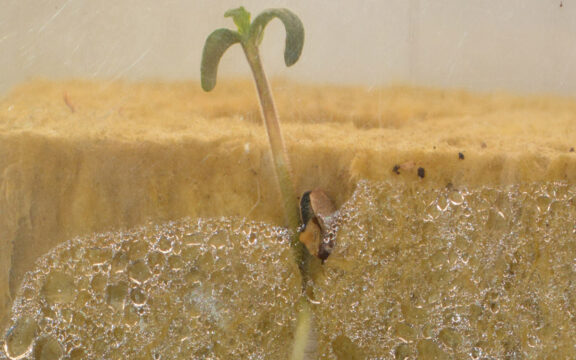





You must be logged in to post a comment.